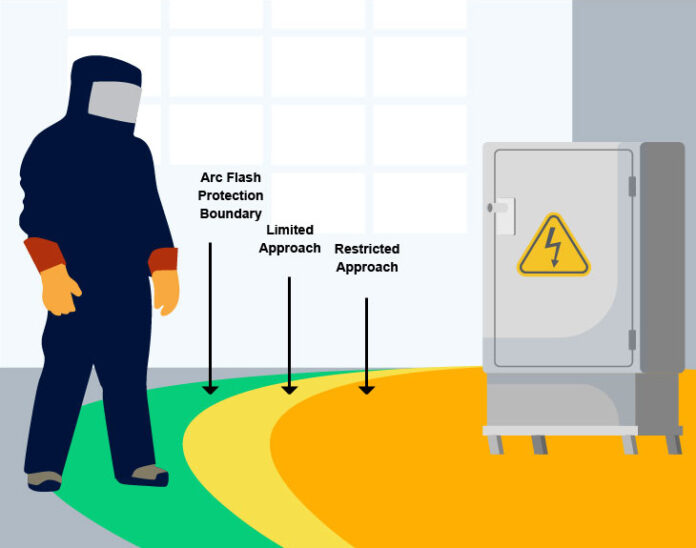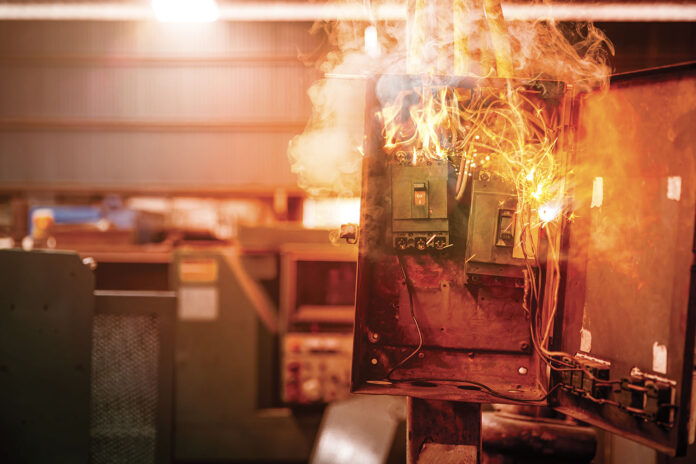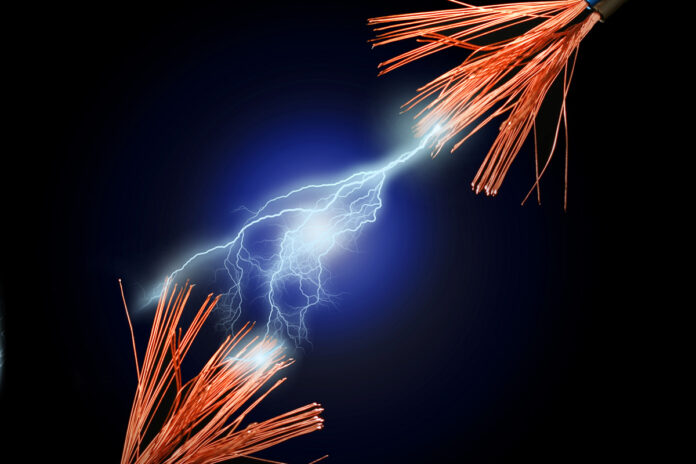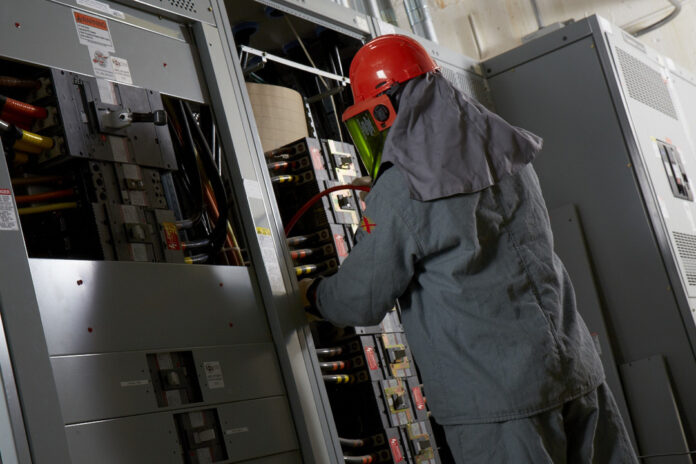Arc flashes, characterized by releasing explosive energy during a short-circuit or electrical fault, are highly dangerous and pose a significant safety hazard across various industries. These incidents demand a thorough understanding of their causes and effective prevention methods to ensure the well-being of personnel and the protection of critical infrastructure.
By implementing comprehensive safety protocols, conducting regular risk assessments, and providing appropriate training, organizations can mitigate the risks associated with arc flashes and create a safer working environment for everyone involved.
In this article, we delve into several detailed arc flash study cases, providing real-life examples that offer valuable lessons for enhancing workplace safety. By examining these instances closely, we can gain deeper insights into the intricacies of arc flash incidents and develop more robust safety measures to protect workers and prevent such incidents from occurring in the future.

Case Study 1: Arc Flash Calculation
A comprehensive understanding of arc flash calculations is paramount when preventing incidents and mitigating their impact. One fascinating case study is a prime example, shedding light on this matter by providing in-depth analysis and detailed outcomes.
Notably, the study includes circuit diagrams of feeders, which vividly illustrate how the distance from the source plays a critical role in determining the incident energy available. These valuable insights further underscore the significance of precise arc flash calculations in ensuring safe working distances for personnel, thereby significantly enhancing workplace safety.
By delving into the intricacies of arc flash incidents and exploring the specific factors at play, we can gain a deeper appreciation for the importance of accurate calculations and their direct impact on creating a secure working environment for everyone involved.
Case Study 2: Arc Flash While Switching – Normal Operation?
During NFPA 70E and IEEE 1584 arc flash study training courses, a common question arises about the possibility of arc flashes occurring during normal operations, including switching activities. This subject has generated considerable interest in the industry due to its impact on worker safety and facility operations. A comprehensive and enlightening case study was conducted to explore this issue further.
The arc flash study aimed to show that even seemingly routine procedures can trigger arc flash incidents when not executed with caution and adherence to safety protocols. The findings of this study serve as a powerful reminder of the paramount importance of maintaining constant vigilance and strictly adhering to safety protocols, even in the context of “normal” operations.
By understanding and applying these lessons, organizations can take proactive measures to mitigate the risk of arc flash incidents and ensure the safety and well-being of their workers.

Case Study 3: Arc-Flash Relay
Another compelling case arc flash study delved into successfully implementing an arc-flash relay, a cutting-edge device designed to detect and mitigate the potential hazards of developing arc flashes. By swiftly detecting these hazardous events and promptly sending a trip signal to the, this advanced technology significantly reduces incident energy, ensuring the safety of personnel and preventing severe incidents. The arc flash study underscores the importance of investing in reliable and durable arc flash relays to safeguard against potential risks and uphold a secure working environment.
Case Study 4: Arc Flash Incident
An unfortunate incident was a stark reminder of the potential dangers associated with arc flashes. During routine maintenance, a worker was in the process of changing a contactor in a panel box. However, due to an unforeseen failure of the contractor, a sudden and intense arc flash occurred, resulting in severe burns to the worker.
This incident is a powerful reminder of the importance of always using proper personal protective equipment (PPE) when working with electrical systems. It highlights the need for heightened awareness and adherence to safety protocols to prevent such incidents from happening in the future.

Case Study 5: Arc Energy Protection Schemes
The case arc flash study presented real-world examples of various arc energy reduction methods implemented on a standardized electrical system. These methods included arc-resistant equipment, fault current limitation devices, and arc flash mitigation strategies.
The study’s findings underscored the importance of implementing effective arc energy protection schemes to minimize the potentially devastating risks associated with arc flashes in industrial settings. By employing these measures, companies can significantly enhance worker safety and prevent costly damage to equipment and infrastructure.
Case Study 6: The Case of the Deadly Arc Flash
A tragic incident occurred at the workplace yesterday, resulting in a fatality. Several factors, including defective test equipment and a lack of proper training, caused the incident.
This unfortunate event is a stark reminder of the critical importance of regular equipment maintenance, thorough inspection protocols, and comprehensive safety training programs for all employees. By prioritizing these measures, we can work towards preventing such tragedies and ensuring the well-being and safety of everyone in the workplace.

Arc Flash Study Case Studies: Real-Life Lessons for Safety – In Conclusion
Arc flash incidents can have devastating consequences, including severe burns, injuries, and even fatalities. However, with proper prevention measures, these incidents can be avoided altogether. By studying past incidents and analyzing case studies, we can gain valuable insights into the causes and contributing factors of arc flash accidents. This knowledge can then be used to enhance safety protocols and develop more effective preventive strategies.
In addition to continuous learning and knowledge sharing, regular safety training is crucial for all personnel working in environments prone to arc flash hazards. Adhering to safety standards such as NFPA 70E ensures workers have the knowledge and skills to mitigate risks effectively.
Another critical aspect of arc flash safety is the effective use of arc flash relays. These devices are designed to detect and limit the duration and magnitude of arc flash incidents, minimizing the potential harm to personnel and equipment.
Implementing arc energy protection schemes is also critical in a comprehensive approach to arc flash safety. This involves analyzing the energy levels in different parts of the electrical system and implementing appropriate protective measures, such as arc-resistant equipment and barriers.
By combining these critical components in an arc flash study: continuous learning, regular safety training, adherence to safety standards, effective use of arc flash relays, and implementation of arc energy protection schemes, organizations can establish a robust arc flash safety program that significantly reduces the risk of incidents and ensures the well-being of their personnel.









